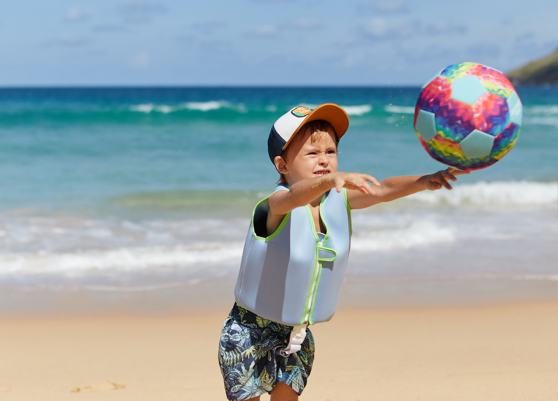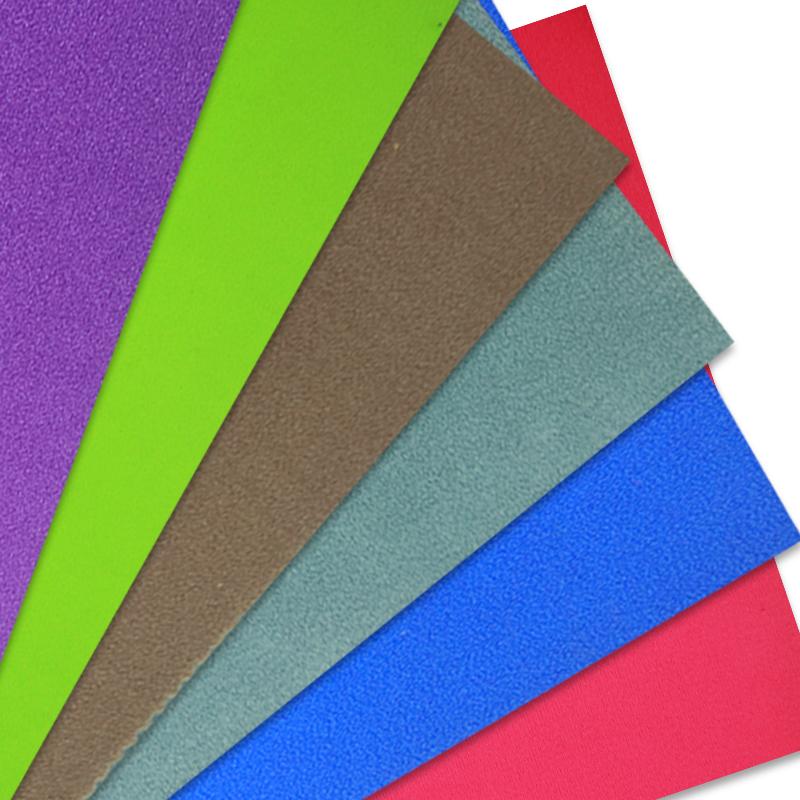What’s the neoprene?
Neoprene is a type of polymer. A polymer is a large molecule composed of repeating structural units. It is produced by the polymerization of chloroprene. The chloroprene binds all the molecules of the chemical reaction which creates polychloroprene chips. The chips are then melted and then mixed with various foaming agents and carbon pigments. This mixture is then baked until it expands.
Can Neoprene Be Recycled?
There are companies and waste management firms that recycle neoprene or items made of neoprene such as wetsuits. Neoprene is often chopped up or blended with other synthetic rubbers to create new materials. One of these materials is called resurrection rubber. This material is a combination of chopped neoprene and rubber. This new material, resurrection rubber, is used to make shoe soles.
Another way that neoprene can be recycled is by donating wetsuits to several different companies that specialize in recycling the material. Wetsuits can be recycled into yoga mats, laptop cases, medical bandages, athletic shoe insoles, gloves, boots, doormats, and automotive pads.
Neoprene can also be recycled into sheets of rubber or even fabric. The fabric is sold by the yard and can be cut and sewn.
Neoprene can be recycled at home as well. If you have a sewing machine with the right needle, then you can create beer koozie, dog bed, mouse pad, or oven mitts. There are many ways to donate or recycle neoprene, so it does not end up in a landfill.
Does Neoprene Float?
The amount of air inside neoprene will decide how much water can penetrate into it. The more air neoprene contains, then the less water can soak into it. When limestone neoprene is produced it is manufactured by added nitrogen. The added nitrogen increases the insulation and also increases the overall buoyancy because the cells do not absorb water. The traditional oil-based neoprene has lower cell penetration and liquid base, which means it has less air and allows more water to soak into it.
Is neoprene sate for children?
Neoprene is 100% safe for babies, because it:
- is soft to the touch, so won’t chafe
- provides insulation to keep them warm during swimtime
- is naturally buoyant
Neoprene’s popularity comes from its many benefits to swimmers.


